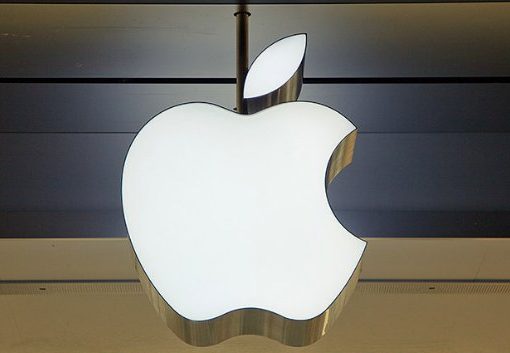 Author: Hengfu Hsu, Analytic Investment LLC
Author: Hengfu Hsu, Analytic Investment LLC
Covestor model: Focus Value, Dividend, Enterprise Value, Deep Value, Opportunistic Value, Earnings Growth
Disclosures: None
The S&P 500 index finished the month of July with a loss of 2.15%, well below its 10-year average July gain of 0.343% from 2001 to 2010. The last few trading days of July wiped out most of the gains since the end of June, primarily due to the uncertainty of US debt ceiling crisis and a potential downgrade of the US debt rating.
As of July 31, 2011, US equity market condition remained positive for investors based on the following factors we use to manage risk in our models:
- Equity Earning Yield Over Treasury Yield (Cheap, Balanced, or Expensive): Cheap
- Equity Earning Trend (Up, Sideway, or Down): Up
- Credit Risk (Low, Normal, High, or Dangerous): Low
- Equity Volatility (Low, Medium, High, or Dangerous): Dangerous
- Equity Money Flow (Positive, Neutral, or Negative): Positive
- Yearly Equity Price Trend (Up, Sideway, or Down): Sideway
- Monthly Equity Price Trend (Overbought, Sideway, or Oversold): Oversold
The bright spot in the US equity market is corporate earning reports, with the majority of S&P 500 companies beating Q2 street estimates on earnings. Valuations in equity markets remain cheap and earnings are on an uptrend. However, investors’ sentiment is quite bearish, with mounting government debt, and bad GDP and manufacturing reports. Market volatility is at a dangerous level, but it has not triggered our computer algorithms to move any of our models into full or partial cash position.
It is never easy to be greedy (stay invested) when others are fearful. Equity market investors fear an economic slowdown caused by shrinking government spending. According to the US Department of Treasury, US public debt increased from $10.9 trillion at the March 6, 2009 bear market bottom to $14.3 trillion on July 28, 2011. With around 130 million tax paying individuals in the US, the $3.4 trillion in new debt is equivalent to an extra $26,000 debt obligation for each individual. The record amount of $3.4 trillion US government deficits incurred during such a short period helped create the fastest rising US equity bull market in history. During the same period, the S&P 500 total market capitalization increased by a massive amount.
Going forward, with no more stimulus plans like cash-for-clunkers, home buyer credits, QE I and QE II, and the coming US government spending cut, there will no longer be a rising tide to lift all boats. Picking individual, thriving companies could become more important than before for equity investors. To continue top line and bottom line growth, corporations have to figure out how to transfer the large cash positions sitting in their balance sheets into items on income statements. We could start to see acceleration of capital expenditures to increase productivity, more merger and acquisition activities to cut costs, more share buybacks to beat EPS expectation, and boost in dividend payout ratios. On the other hand, the companies without a clear growth path will have to initiate cutbacks in spending or reduction in payrolls to preserve cash.
However, even with the increased level of corporate spending, the US equity market may remain volatile due to the dismal payroll reports in this jobless recovery. Corporations are unlikely to boost domestic employment opportunities in US, due to astronomical healthcare cost, unfavorably high tax rates, complicated regulations, and lack of skilled workers.
Models Review
In July, all our Covestor models remained fully invested based on our computer algorithms. The phrase “fully invested” means that our models use up to 100% of cash, as none of our Covestor models use any form of leverage or margin.
All of our models had negative returns in July. According to Covestor’s calculations, five of our models underperformed the S&P 500 index in July. It is unfortunate that our models have seen multiple months of negative returns in a row, but this is the risk we take in equity investing.
We rely entirely on our computer algorithms to indicate buys of undervalued stocks and sell overvalued positions, to monitor market conditions, and to manage risk in all models, so that human emotion and buy-sell bias are completely eliminated from the investing process, unnecessary market timing is avoided, and continuous participation in the market is enabled in the effort to produce long-term growth.
Sources:
Historical S&P 500 performance from Yahoo Finance, https://finance.yahoo.com/quote/%5EGSPC/history?ltr=1
“The Debt to the Penny and Who Holds It” TreasuryDirect. http://www.treasurydirect.gov/NP/BPDLogin?application=np
“Wanted: Skilled Manufacturing Workforce” Reuters, 6/7. https://www.reuters.com/article/2011/06/07/idUS207493+07-Jun-2011+BW20110607



